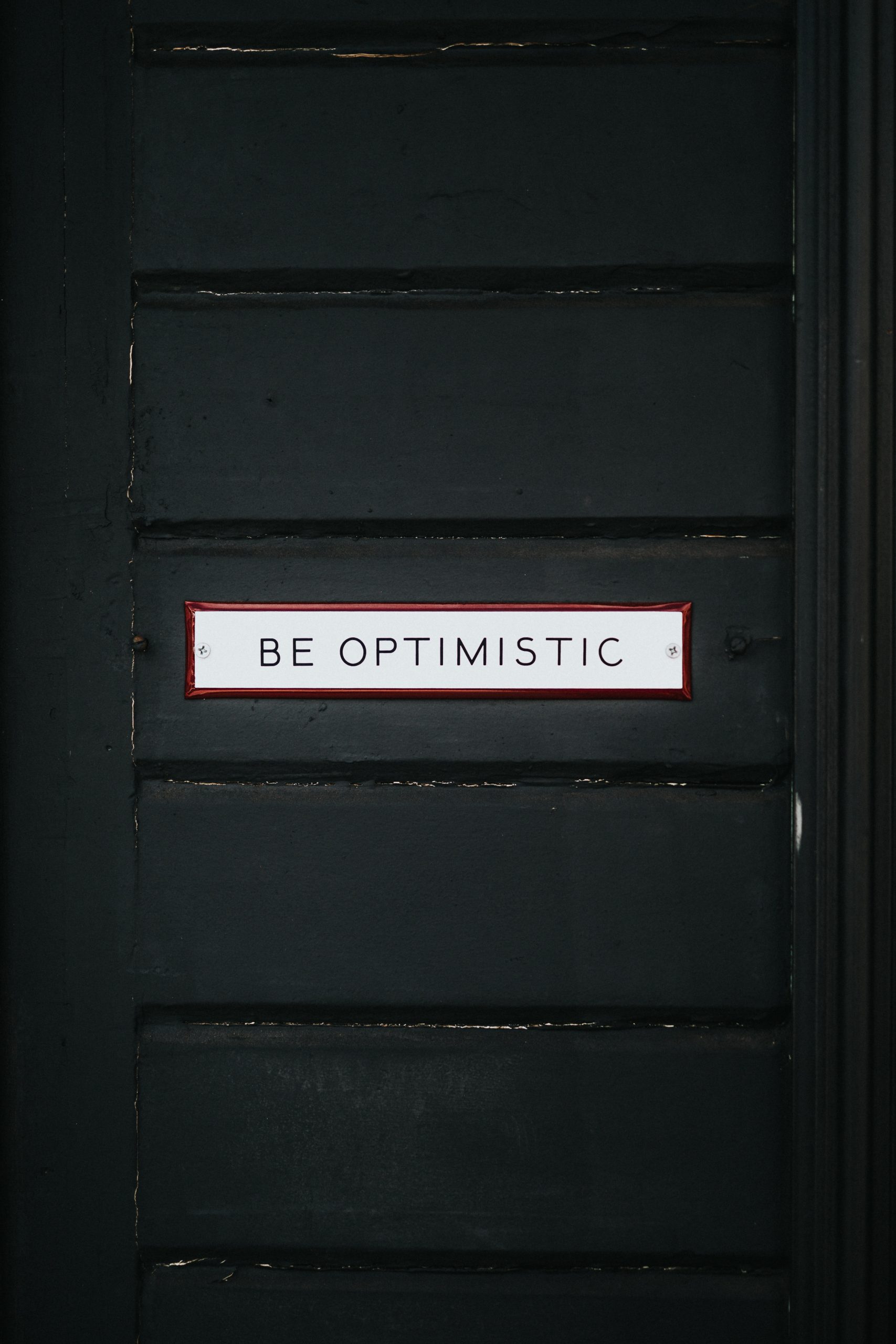Remote Viewing: Unlocking the Secrets of the Mind
Remote viewing is a fascinating practice that has gained considerable attention in recent years. This psychic ability allows individuals to access information about distant or unseen targets using only their minds. It offers a unique perspective on human consciousness and the untapped potential of our mental faculties. In this article, we delve into the world of remote viewing, exploring its history, techniques, controversy, and potential applications.
Table of Contents
- An Introduction to Remote Viewing
- A Brief History of Remote Viewing
- The Science Behind Remote Viewing
- Common Techniques and Training Methods
- The Controversy Surrounding Remote Viewing
- Real-Life Applications of Remote Viewing
- The Future of Remote Viewing
1. An Introduction to Remote Viewing
Remote viewing, also known as “clairvoyant espionage,” is the ability to gather information about an object, person, or location that is hidden from the viewer’s physical senses. It is believed to transcend time and space, allowing individuals to access details beyond the boundaries of their immediate surroundings.
Unlike traditional psychic abilities, remote viewing focuses specifically on obtaining information about remote or non-local targets. It is a skill that can be developed and honed through practice, training, and specific techniques, making it accessible to anyone with dedication and an open mind.
2. A Brief History of Remote Viewing
The concept of remote viewing dates back centuries, with examples found in various cultures throughout history. However, its modern incarnation emerged from research conducted during the 20th century, primarily by government agencies in the United States.
One of the most well-known programs exploring remote viewing was the Stargate Project, established in the 1970s by the U.S. Defense Intelligence Agency (DIA). Led by scientists such as Harold E. Puthoff and Russell Targ, the program aimed to investigate the military potential of psychic abilities.
The Stargate Project produced intriguing results, with experienced remote viewers successfully providing accurate information about distant targets that couldn’t be obtained through conventional means. However, the program faced skepticism, criticism, and ultimately, its closure in the 1990s.
3. The Science Behind Remote Viewing
The scientific explanation for remote viewing remains a subject of debate. Some theories suggest that it involves a form of non-local perception, where consciousness can transcend the barriers of time and space. Others propose that remote viewing taps into the collective unconscious or utilizes undiscovered aspects of quantum physics.
Researchers such as Dean Radin and Jessica Utts have conducted statistical analyses of remote viewing experiments, providing evidence for the existence of an anomalous mental phenomena. However, remote viewing continues to face skepticism from the mainstream scientific community, who often demand replicability and strict control over experimental conditions.
4. Common Techniques and Training Methods
To become a proficient remote viewer, individuals undergo training to develop their innate psychic abilities. There are various techniques and strategies employed to enhance remote viewing skills, including the following:
- Cool-down exercises to clear the mind and enter a focused state
- Utilizing a target-focused approach, where the viewer receives minimal information to avoid bias
- Using associative remote viewing, where the viewer makes connections through impressions and symbols
- Practice in structured sessions to improve accuracy, perception, and confidence
Each remote viewer may develop their unique blend of methods and approaches based on their experiences and personal preferences. The keys to success include consistent practice, open-mindedness, and a willingness to explore the depths of one’s consciousness.
5. The Controversy Surrounding Remote Viewing
Remote viewing has faced considerable skepticism and controversy since its introduction to the public. Critics argue that the lack of scientific consensus and the potential for fraud make it an unreliable practice. Skeptics also challenge the validity of remote viewing experiments, citing issues with methodology and statistical significance.
Although remote viewing may be met with skepticism, it’s important to note that even some well-known scientists and intelligence agencies have acknowledged its potential. The Central Intelligence Agency (CIA) and other government organizations have reportedly used remote viewing for intelligence gathering purposes, albeit with varying degrees of success.
6. Real-Life Applications of Remote Viewing
The potential applications of remote viewing extend beyond mere psychic experimentation. Some practitioners and organizations have utilized remote viewing in practical ways, including:
- Missing persons investigations
- Archaeological explorations
- Financial forecasting
- Competitor analysis
- Medical diagnostics
- Exploration of extraterrestrial life
While the effectiveness of remote viewing in these applications is often subjective and varies case by case, the reported successes continue to intrigue both enthusiasts and skeptics.
7. The Future of Remote Viewing
As the scientific and public interest in consciousness expands, remote viewing may find a more prominent place in mainstream discussions. Ongoing research, advancements in technology, and a greater acceptance of subjective experiences could pave the way for a deeper understanding of this intriguing phenomenon.
Whether remote viewing represents an untapped human potential or merely an illusion of the mind, exploring its boundaries offers valuable insights into the untapped capabilities of our consciousness. The journey towards understanding the mysteries of remote viewing continues, and with it, the potential for a paradigm shift in how we perceive the nature of human consciousness.
Conclusion
Remote viewing remains a captivating field of study, bridging the gap between science and the uncharted territories of the mind. It challenges our conventional understanding of perception, time, and space, opening doors to new possibilities and a deeper appreciation for the mysteries of consciousness. Whether you’re a skeptic, an aspiring remote viewer, or simply curious about the limits of human potential, remote viewing invites you to explore the vastness of your own mind and the wonders that lie beyond the physical realm.
Table of Contents
